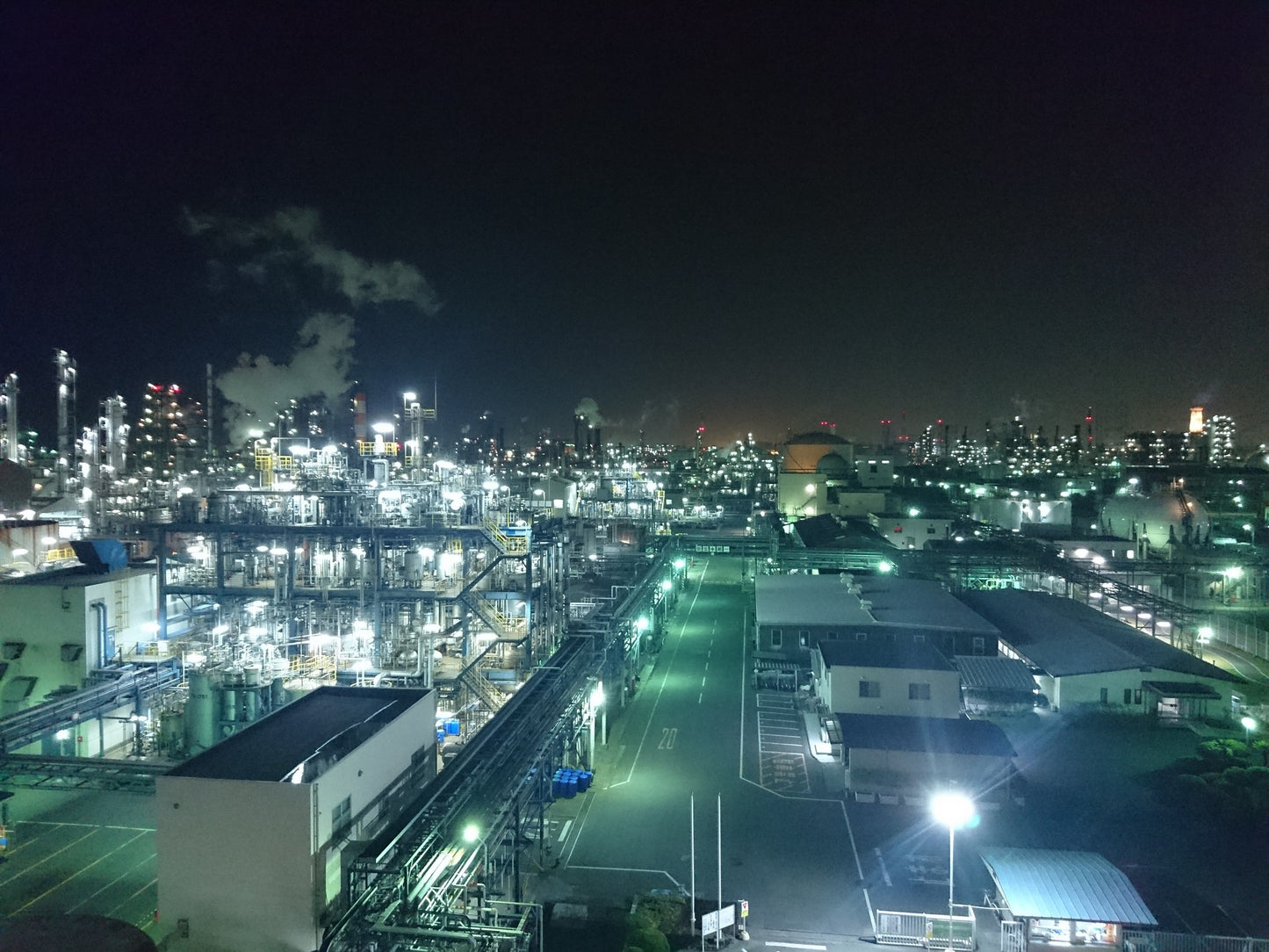
We have all, most likely, came across the term “light pollution” at one point or another in our lives. While the connotation is clearly negative, it hasn’t always been clear what light pollution is, and why it’s bad for things other than stargazing? Whether it be TV or phone screens, street lights or store signs, we are surrounded by artificial light everywhere we go (and at all times). This inappropriate and excessive use of light affects human and animal health as well as contributes to the increased production of CO2 in the atmosphere.

With over 56% of the world’s population living in urban areas in 2021, artificial lighting is almost inescapable for most people. However, the city of London is taking a big leap in the right direction to offset some of the light pollution produced by one of the world’s major cities.
New rules in a Lighting Supplementary Planning Document have been drafted by London authorities to require skyscrapers to dim their lights at night in an effort to reduce light pollution and conserve energy. In an area of London where most of the highrises are centered, called Square Mile, where lighting curfew rules will be instated on various “brightness zones”.
Officials had to keep in mind the unique requirements of the different zoning areas of interest. Businesses operating in residential and heritage areas will have to turn off their lights at 10pm, while businesses in cultural and tourist areas can keep the lights on until 11pm. However, in commercial areas, unnecessary lights can stay on until midnight.

Oftentimes, these high-rises keep unnecessary lights on all night long, far past the employees leaving the office. Being exposed to these blaring lights constantly can wreak havoc on the body’s natural sleep cycle and can affect your ability to get a good night’s rest. In addition, light pollution is also impacting animal behaviors, such as migration patterns, wake-sleep habits, and habitat formation. Lastly, light pollution is just flat out wasteful. IDA estimates that least 30% of all outdoor lighting in the U.S. alone is wasted, mostly by lights that aren’t shielded. That adds up to $3.3 billion and the release of 21 million tons of carbon dioxide per year.
London is one of many major cities jumping on the anti-light pollution initiative. After all, if it’s cheaper, better for everyone’s health, and better for the planet, why not? Companies like the International Dark Sky Association are dedicated to helping reduce light pollution and promote responsible outdoor lighting that is beautiful, healthy, and functional. The International Dark Sky Places (IDSP) Program was founded in 2001 to encourage communities, parks, and protected areas to preserve and protect dark sites through responsible lighting policies and public education. As of January 2023, there are 201 certified Dark Sky Places in the world. These include 115 Parks, 38 Communities, 20 Reserves, 16 Sanctuaries, 6 Urban Night Sky Places, and 6 Dark Sky Friendly Developments of Distinction. These Dark Sky Places exist in New Zealand, the U.S., South Africa, Canada and Hungary, amongst other countries.

If you don’t live in a Dark Sky Place, how can you do your part to reduce your light pollution?
- Only use lighting when necessary, and where necessary.
- Keep your blinds drawn at night to keep the light inside.
- Try to benefit from the most beautiful source of light of all (the sun) as much as you can! Open your curtains and blinds during daylight hours to reduce the amount of artificial light needed.
- Try and create your own light curfew! Even if it’s just for a few hours a night, turn off all your unnecessary lights. Small steps like this can really help make a greater difference and build healthier habits for you and the world.
